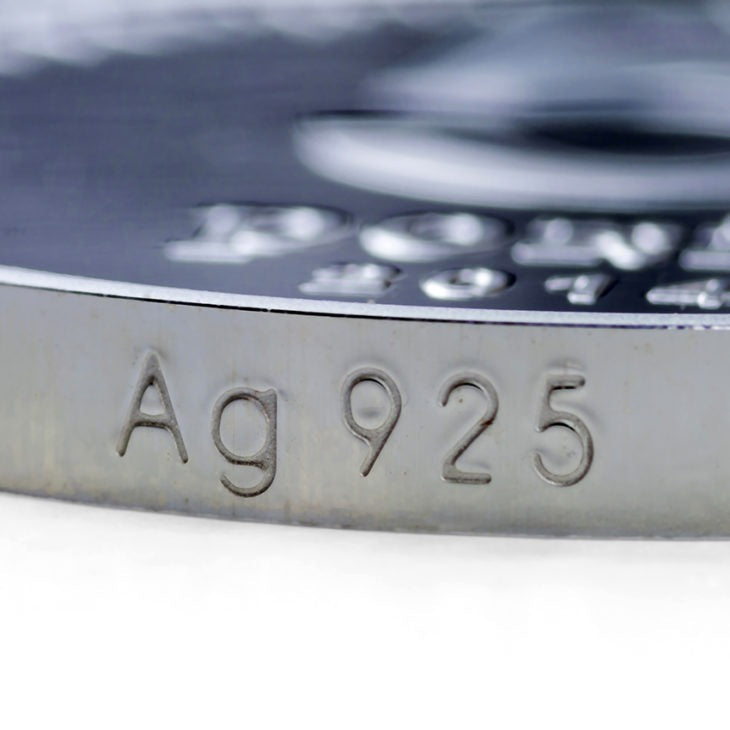
A Complete Guide to Jewelry Stamps and What They Mean
Jewelry stamps, often found on various types of jewelry, serve as a hallmark of quality and authenticity. These tiny inscriptions can tell you a lot about the material, purity, and sometimes even the maker of the piece. In this blog, we'll explore different types of stamps found on gold, silver, gold-plated, silver-plated, and stainless-steel jewelry, as well as the distinctions between 18k and 14k gold, helping you to understand and identify high-quality pieces.
Gold Jewelry Stamps (10K, 14K, 18K, 24K)
Gold jewelry is often stamped with marks indicating its purity. The most common stamps are "10K," "14K," "18K," and "24K," with the number representing the percentage of pure gold in the jewelry.
- 10K means ten karats and indicates that a piece of jewelry is 41.6%, or 10 out of 24 parts gold. The remaining parts could be copper, nickel, zinc, or silver.
- 14K stands for 14 karats and gets stamped on pieces of jewelry composed of 58.3% pure gold. It’s the most commonly used gold.
- 18K is 18 karats, or 75% pure gold.
- 24K is 24 karats, which means that the piece of jewelry is made entirely of pure gold.
These are the assay stamps for gold :
- 375
- 585
- 750
- 916
- 990
- 999
Silver Jewelry Stamps (.925, 925, Ster)
Silver stamps are similarly indicative of purity. Sterling silver, for instance, will often be marked as "925," meaning it's 92.5% pure silver mixed with other metals for added strength. Other common silver stamps include "800," "900," and "999," which refer to the purity level of the silver. The higher the number, the purer and softer the silver. Sterling silver is a popular choice for its perfect balance between purity and durability.
These are the assay stamps for silver:
- 800
- 925
- 958
- 999
Gold Plating and Silver-Plating Stamps (GE, GP, GF, HE)
Gold-plated and silver-plated jewelry features a thin layer of gold or silver over a less expensive metal. These items typically have stamps such as
- "GP" for gold plated,
- "GF" for gold filled (a thicker layer of gold),
- "EP" for electroplated,
- "SP" for silver plated.
It's important to note that while these pieces are more affordable, they may not have the same longevity as solid gold or silver jewelry. The thickness of the plating can vary, and over time, it may wear off, revealing the base metal underneath.
Stainless Steel Stamps (S.S, St. Steel)
Stainless steel jewelry, known for its durability and resistance to tarnish, is often used in modern and industrial-style jewelry. Stamps on stainless steel jewelry usually include "Stainless Steel," "SS," or "316L" (denoting the grade of the steel). This type of jewelry is an excellent option for those looking for hypoallergenic and long-lasting pieces.